Name Hal Abelson Role Professor | ||
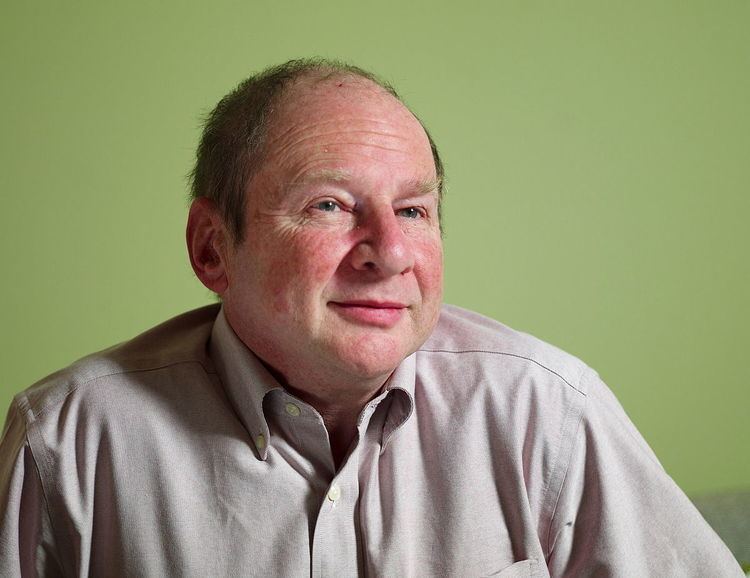 | ||
Born April 26, 1947 (age 78) ( 1947-04-26 ) Fields computer science, ethics, law, methodology, amorphous computing Alma mater Princeton UniversityMIT Thesis Topologically Distinct Conjugate-Varieties with Finite Fundamental-Group (1973) Doctoral students Elizabeth Bradley, Daniel Coore, Michael Eisenberg, Margaret Fleck, Radhika Nagpal, Mitchel Resnick, Luis Rodriguez, Jr., Guillermo Rozas, Latanya Sweeney, Kurt VanLehn, Ron Weiss, Kenneth Yip, Feng Zhao Notable awards Bose Award (MIT School of Engineering, 1992)Taylor L. Booth Education Award (IEEE-CS, 1995)SIGCSE 2012 Outstanding Contribution to Computer Science Education (ACM, 2012) Known for Creative Commons, Public Knowledge, Free Software Foundation, Structure and Interpretation of Computer Programs Books Structure and Interpreta, Blown to Bits: Your Life - Liber, Turtle Geometry, Logo for the Macintosh, LOGO for the Apple II Similar People | ||
Hal abelson mobile computing
Harold "Hal" Abelson (born April 26, 1947) is a Professor of Electrical Engineering and Computer Science at MIT, a fellow of the IEEE, and a founding director of both Creative Commons and the Free Software Foundation.
Contents
- Hal abelson mobile computing
- Hal abelson on computer science education
- Education
- Computer science education
- Computational tools
- Free software movement
- Aaron Swartz investigation
- Other affiliations
- Awards and honors
- Writings
- References
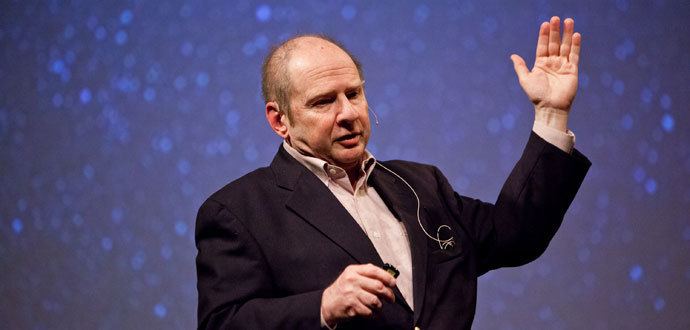
He directed the first implementation of Logo for the Apple II, which made the language widely available on personal computers beginning in 1981; and published a widely selling book on Logo in 1982. Together with Gerald Jay Sussman, Abelson developed MIT's introductory computer science subject, The Structure and Interpretation of Computer Programs (aka 6.001), a subject organized around the notion that a computer language is primarily a formal medium for expressing ideas about methodology, rather than just a way to get a computer to perform operations. Abelson and Sussman also cooperate in codirecting the MIT Project on Mathematics and Computation. The MIT OpenCourseWare (OCW) project was spearheaded by Hal Abelson and other MIT faculty.
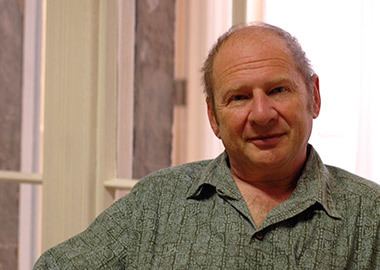
Abelson led an internal investigation of the school's choices and role in the prosecution of Aaron Swartz by the FBI, which concluded that MIT did nothing legally wrong, but recommended that MIT consider changing some of its internal policies.
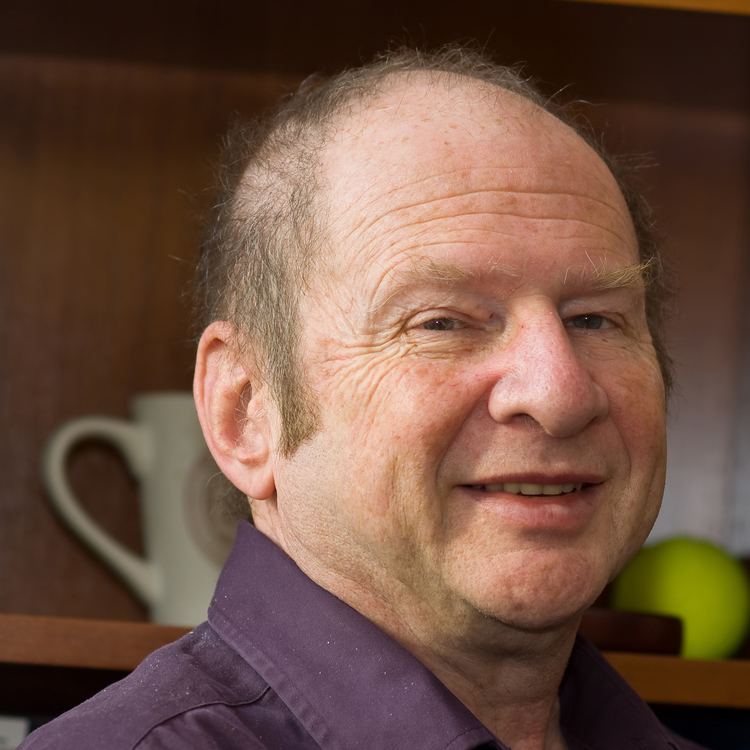
Hal abelson on computer science education
Education
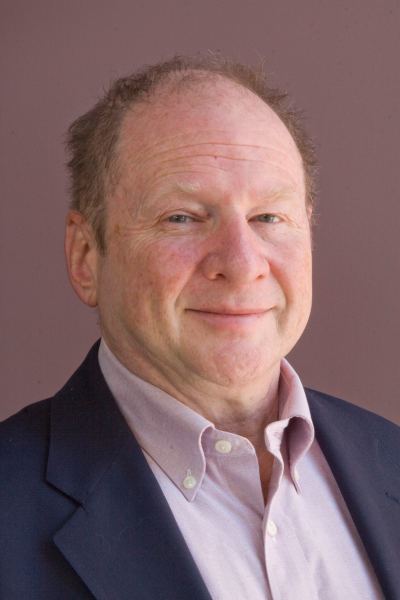
Abelson holds an AB degree from Princeton University and obtained a PhD degree in mathematics from MIT under the tutelage of mathematician Dennis Sullivan.
Computer science education
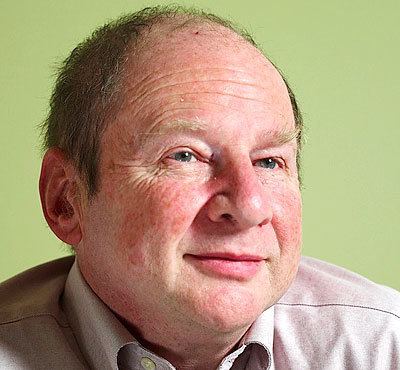
Abelson has a longstanding interest in using computation as a conceptual framework in teaching. He directed the first implementation of Logo for the Apple II, which made the language widely available on personal computers beginning in 1981; and published a widely selling book on Logo in 1982. His book Turtle Geometry, written with Andrea diSessa in 1981, presented a computational approach to geometry which has been cited as "the first step in a revolutionary change in the entire teaching/learning process." In March 2015, a copy of Abelson's 1969 implementation of Turtle graphics was sold at The Algorithm Auction, the world’s first auction of computer algorithms.
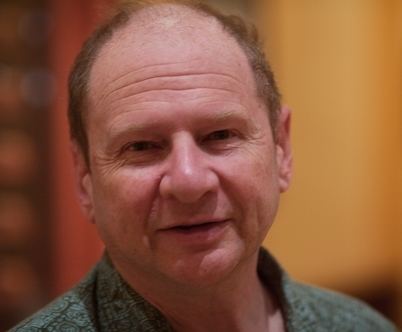
Together with Gerald Jay Sussman, Abelson developed MIT's introductory computer science subject, Structure and Interpretation of Computer Programs, a subject organized around the notion that a computer language is primarily a formal medium for expressing ideas about methodology, rather than just a way to get a computer to perform operations. This work, through the textbook of the same name, videotapes of their lectures, and the availability on personal computers of the Scheme dialect of Lisp (used in teaching the course), has had a worldwide impact on university computer-science education.
He is a visiting faculty member at Google, where he is part of the "App Inventor for Android" team, an educational program aiming to make it easy for people without programming background to write mobile phone applications and "explore whether this could change the nature of introductory computing". He is the co-author of the book App Inventor with David Wolber, Ellen Spertus, and Liz Looney, published by O'Reilly Media in 2011.
Computational tools
Abelson and Sussman also cooperate in codirecting the MIT Project on Mathematics and Computation, a project of the MIT Computer Science and Artificial Intelligence Laboratory (previously a joint project of the AI Lab and LCS, CSAIL's components). The goal of the project is to create better computational tools for scientists and engineers. But even with powerful numerical computers, exploring complex physical systems still requires substantial human effort and human judgement to prepare simulations and to interpret numerical results.
Together with their students, Abelson and Sussman are combining techniques from numerical computation, symbolic algebra, and heuristic programming to develop programs that not only perform massive numerical computations, but that also interpret these computations and "discuss" the results in qualitative terms. Programs such as these could form the basis for intelligent scientific instruments that monitor physical systems based upon high-level behavioral descriptions. More generally, they could lead to a new generation of computational tools that can autonomously explore complex physical systems, and which will play an important part in the future practice of science and engineering. At the same time, these programs incorporate computational formulations of scientific knowledge that can form the foundations of better ways to teach science and engineering.
Free software movement
Abelson and Sussman have also been a part of the Free Software Movement, including serving on the Board of Directors of the Free Software Foundation.
Abelson is known to have been involved in the publishing of Andrew Huang's Hacking the Xbox and Keith Winstein's seven-line Perl DeCSS script (known as qrpff), as well as LAMP, MIT's campus-wide music distribution system. The MIT OpenCourseWare (OCW) project was spearheaded by Hal Abelson and other MIT faculty.
Aaron Swartz investigation
In January 2013, open access activist Aaron Swartz committed suicide. He had previously been arrested near MIT and was facing up to 35 years imprisonment for the alleged crime of downloading JSTOR articles through MIT's "open access" campus network.
In response, MIT appointed professor Hal Abelson to lead an internal investigation of the school's choices and role in the prosecution of Aaron Swartz by the FBI. The report was delivered on July 26, 2013. It concluded that MIT did nothing legally wrong, but recommended that MIT consider changing some of its internal policies.
Other affiliations
Abelson is also a founding director of Creative Commons and Public Knowledge, and a director of the Center for Democracy and Technology.
